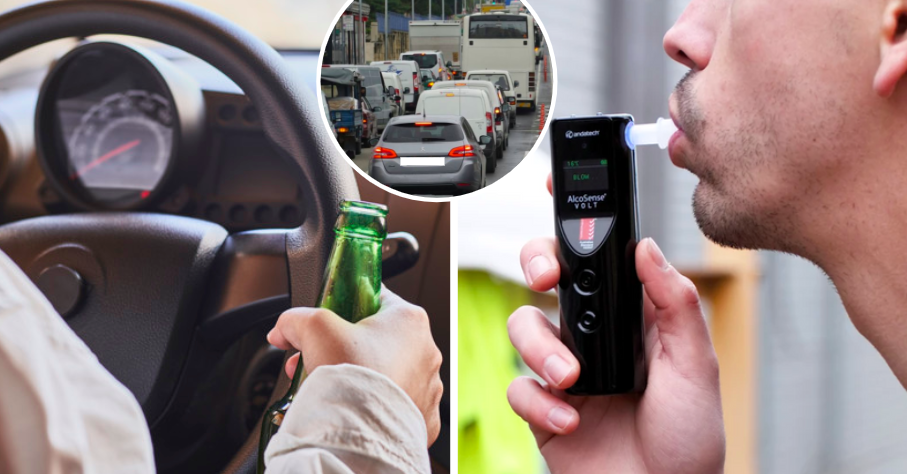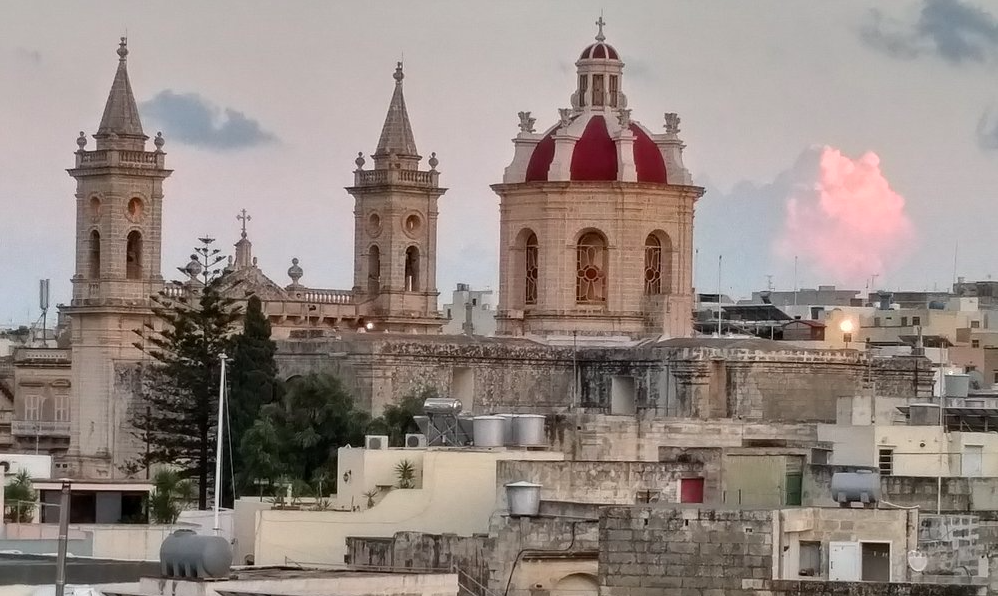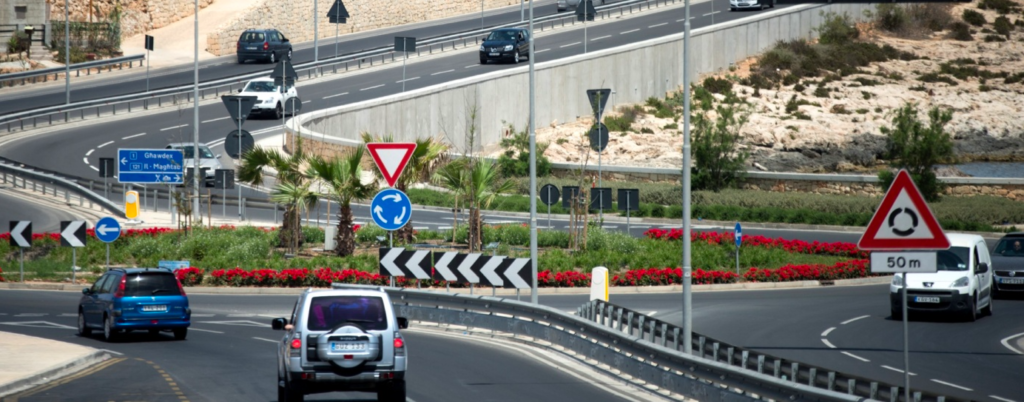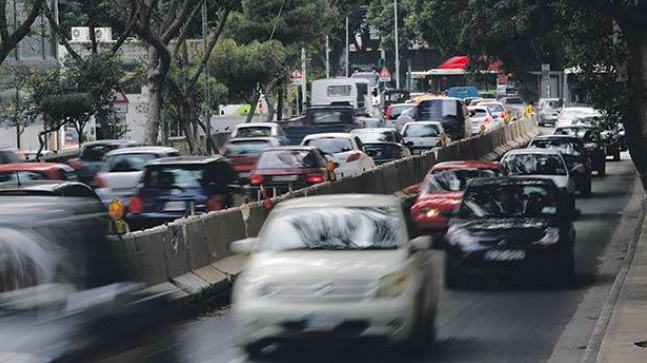Eight Unbelievable Facts We Found Out About Drink Driving In Malta

If you don’t do it yourself, you at least know someone who does. Driving under the influence is endemic in Maltese society to the point where it is a widely accepted practice despite the enormous ramifications it poses.
Only five out of every 11,866 drivers stopped are actually subject to a breathalyser test on the road, so it’s easy to see why.
To put things into perspective, under Maltese law, the limit for drinking and driving is 0.5g/l for regular drivers and 02.g/l for motorcyclists, taxi drivers and other specialist drivers.
That’s the equivalent of one small beer for the former and half a shot for the latter. If you’ve drunk more than that, you’re driving under the influence and should face legal consequences.
The keyword here is should. Strict DUI laws are only strict if enforced and, after taking a look at these statistics, it seems like there’s not much of that happening.
Lovin Malta looked at statistics on drink driving over the past three years, including the number of roadblocks and breathalysers taken in each district, and we found at least nine figures that left us shocked.
These are the nine unbelievable facts we found out about drink driving in Malta.
1. Only 26 breathalysers have been carried out in St Julians and San Ġwann over the past three years
That’s in Malta’s most party-centric region, Paceville, which is known for its nightclubs, bars and notorious street brawls.
The district also has police officers stationed in the square every night to keep the peace.

2. That’s probably because there were only 16 roadblocks in St Julians and San Ġwann over the past three years
In 2019 alone there were two roadblocks in St Julians and San Ġwann. Only Sliema, Msida, Mosta, Qawra, Birkirkara and Naxxar recorded one or less.

3. More roadblocks were seen in Qormi and Żebbuġ over the past three years than anywhere else
The total amounted to 369 roadblocks over three years for two districts which are considered to be more residential areas than anything else. For comparison, Sliema and Msida have only had six across the same time period.

4. Yet somehow only 11 people only were breathalysed
Despite Qormi and Żebbuġ registering over 350 roadblocks, only 11 people were stopped and breathalysed.

5. Some localities didn’t see a single roadblock across the span of a year
In 2018, Birkirkara and Hamrun registered zero roadblocks. In 2019, Mosta and Qawra registered zero roadblocks. In 2020 so far, Sliema and Msida have registered zero roadblocks.

6. Since 2018, just over 400 people have had a positive breathalyser test
That amounts to 0.08% of the whole of the Maltese population.

7. The majority of which are men
In total, 368 men have had a positive breathalyser test over the past three years. On the other hand, 42 women have had a positive breathalyser test over the same time period.

8. On average, approximately 11,866 cars are stopped as part of traffic road checks every year

9. Of those 11,866, five will be stopped for a breathalyser test
Of all the cars stopped, only 0.04% of people have been breathalysed.

As the year winds down, cases of drink driving shoot up. The festive season brings with it numerous reckless drivers not just in Malta but across the world.
Earlier this week, in the German city of Trier, a drunk driver plowed and killed five people including a baby.
With few roadblocks a year, and even fewer breathalyser tests, it’s no surprise that so many people in Malta get away with driving under the influence.
What do you make of these statistics? Let us know below